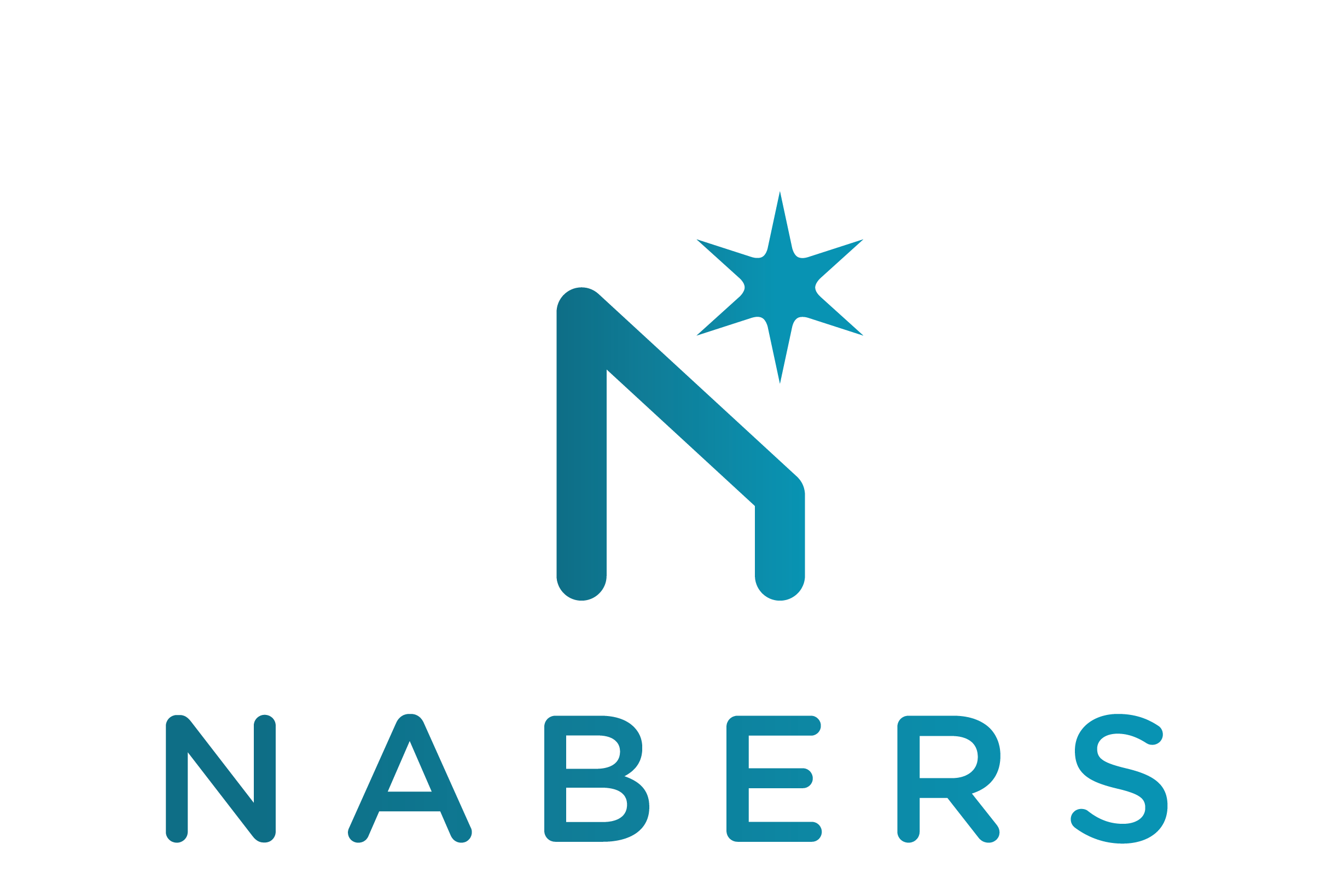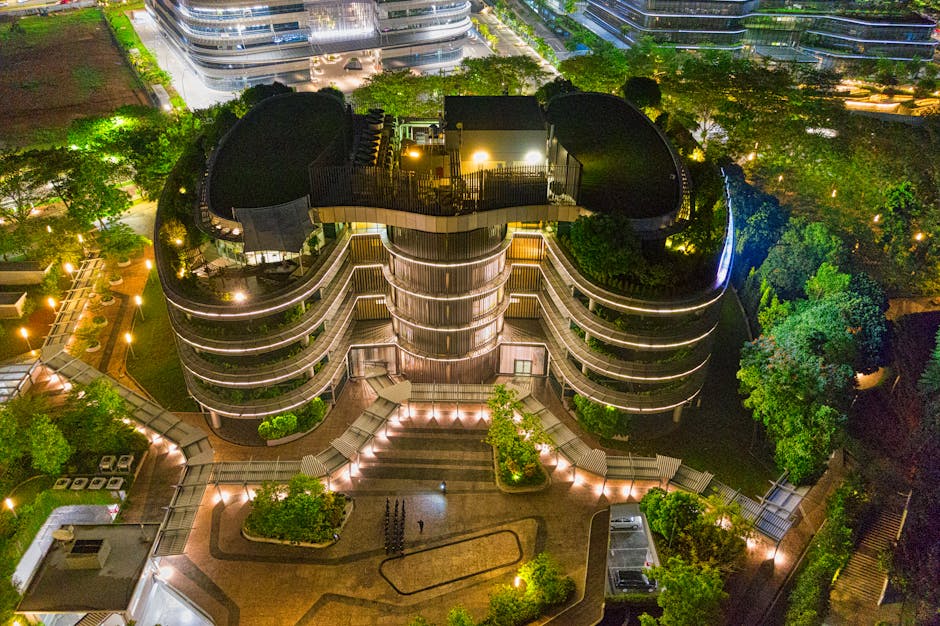Introduction
Energy efficiency has become a crucial focus for office buildings in Australia, with rising energy costs and growing awareness of sustainability. One of the leading systems to measure and improve energy performance is NABERS (National Australian Built Environment Rating System). In this article, we’ll explore the importance of NABERS ratings and how they help office buildings improve energy efficiency and sustainability.
What is NABERS?
NABERS is a national rating system that measures the environmental performance of buildings. It covers key metrics like energy, water, indoor environment, and waste. NABERS Energy and Water, in particular, assesses how efficiently office buildings use energy and water by providing a star rating out of six. The system is a trusted benchmark for building performance and sustainability in Australia.
Why is NABERS Important for Office Buildings?
Energy and water efficiency in office buildings is not just about reducing operational costs; it’s about creating a more sustainable, future-proof workspace. NABERS ratings help office buildings assess and improve their environmental impact, attract environmentally-conscious tenants, and meet regulatory or corporate sustainability goals.
Key benefits of having a high NABERS rating:
• Cost Savings: Buildings with high NABERS ratings tend to have lower energy and water bills due to optimized energy usage.
• Marketability: A good NABERS rating can attract higher-quality tenants and enhance property values.
• Compliance and Leadership: Many government and corporate tenants seek spaces with high NABERS ratings, aligning with sustainability commitments and demonstrating environmental leadership.
• Environmental Impact: Reduced carbon footprint by decreasing energy consumption.
Steps to Improve Your NABERS Energy Rating
For building owners and managers looking to improve their NABERS rating, there are several strategies to consider:
• Energy Audits: Conduct an energy audit to identify inefficiencies in building systems and equipment. This audit serves as the foundation for understanding where energy is being wasted and what changes can be made to improve performance.
• Lighting Optimization: Switching to LED lighting and installing automated lighting controls can significantly reduce energy usage. Lighting systems are often one of the easiest areas to address when aiming for quick improvements in energy efficiency.
• Building Management Systems (BMS): Implementing or upgrading a BMS can optimize energy consumption by automating lighting, heating, and cooling systems based on occupancy and environmental conditions. A smart BMS ensures that energy is only used when necessary, leading to consistent savings.
• Behavioral Changes: Encouraging tenants to adopt energy-saving behaviors, such as switching off equipment when not in use and minimizing unnecessary energy consumption, can lead to significant improvements with minimal cost.
• HVAC Upgrades: Heating, ventilation, and air conditioning (HVAC) systems are often the biggest energy consumers in office buildings. Upgrading to more efficient systems or optimizing existing ones can have a major impact on overall energy performance. This includes regular maintenance, optimizing control settings, and considering energy-efficient equipment when replacing outdated units.
How are NABERS Ratings Calculated and Certified?
NABERS ratings are calculated based on 12 months of operational data, including energy usage, building occupancy, and climatic conditions. A certified NABERS assessor reviews the data and assigns the building a star rating. This process ensures consistency and transparency in the evaluation of building performance.
Conclusion:
NABERS ratings offer office building owners and managers a clear path toward reducing energy consumption, lowering costs, and improving their environmental footprint. By achieving a high NABERS rating, office buildings can gain a competitive edge in the market, meet sustainability goals, and contribute to a greener, more sustainable Australia.


